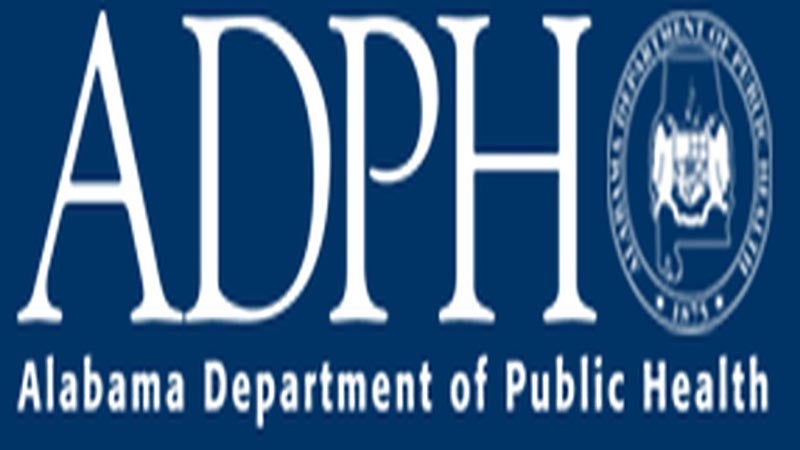Flu cases on the rise in Alabama
Published 10:30 am Friday, November 24, 2023
In their weekly U.S. Influenza Surveillance Report, the Center for Disease Control (CDC) found cases of seasonal flu and respiratory viruses are continuing to rise. The Southeast has, so far, been hit the hardest, with Alabama and Georgia showing especially high activity of flu and respiratory illnesses.
Brooke Bailey, the Director of infection prevention and employee health at East Alabama Medical Center (EAMC), was not surprised by the high case numbers.
“We saw a lot less influenza and flu cases during the height of the pandemic…There weren’t as many people that were out and about traveling and gathering. So now that COVID is not as severe as it was in the beginning, we’re seeing these normal respiratory pathogens and cases sort of coming back, like we’ve seen in years prior to the COVID pandemic.”
Within Alabama, Bailey said an increase this time of year is common with respiratory viruses easily transmitted in cold weather and during the travel typical of the holiday season. The state of Alabama normally has a peak in cases around January, with flu season running roughly between October and March.
“Flu season normally peaks here around January… So we have definitely not seen a peak, and we’ve definitely seen an increase in cases,” said Bailey.
Right now, EAMC has on average three patients with flu-like symptoms in the hospital during the month of November. When patients are discharged from EAMC, the hospital offers the vaccine to patients who have recovered from or were admitted for a reason other than flu.
“So get vaccinated, alright?” Bailey said. “The types of the flu virus that are circulating are covered in the flu vaccine. So vaccination is going to decrease the severity of the illness … and also the likelihood of you potentially spreading it to others.”
She adds that anyone who is sick, especially with a respiratory disease, should stay home. Not only to recuperate away from others who could be infected but particularly from those who are at high risk for complications should they catch a virus. Of course, the stalwarts, washing hands often, covering your mouth when coughing, and avoiding touching your eyes, mouth and nose are also best practices.
“Those things that we always say over and over again are the biggest things that can decrease the likelihood of spreading it. And that really can be applied to any respiratory virus, not just the flu,” Bailey said.
Bailey wanted to make it clear that people should be wary of all respiratory diseases. This year is what has been nicknamed a “tripledemic”, when in one respiratory season there are three predominant viruses — Influenza, COVID-19, and respiratory syncytial virus (RSV).
The CDC’s Center for Forecasting and Outbreak Analytics predicts that all three viruses could cause a “significant strain on our healthcare system.” For the first time in U.S. history, vaccines for all of the major respiratory viruses (COVID-19, flu, and RSV) are available.
Vaccinations remain the best way to keep yourself and others healthy. Bailey said a single dose of RSV vaccine is recommended for adults 60 years and older, who are at higher risk of respiratory complications. It is also available for pregnant women from 32 through 36 weeks of pregnancy. A new COVID-19 booster was released in September for more recent variants and is available for everyone six months and up. Along with the annual flu vaccine, these are available at most doctor’s offices and pharmacies.
As for those who have flu-like symptoms, Bailey has some recommendations as well. For those experiencing difficulty breathing, very high fevers, or other severe symptoms, going to a medical provider is advised.
“I would just encourage anybody, just give them a call. A lot of times you can call the physicians, and they might be able to get a nurse or someone to be able to instruct you on what to do,” said Bailey.
She added that if you are feeling sick and have to go to a doctor’s office make sure and wear a mask.




